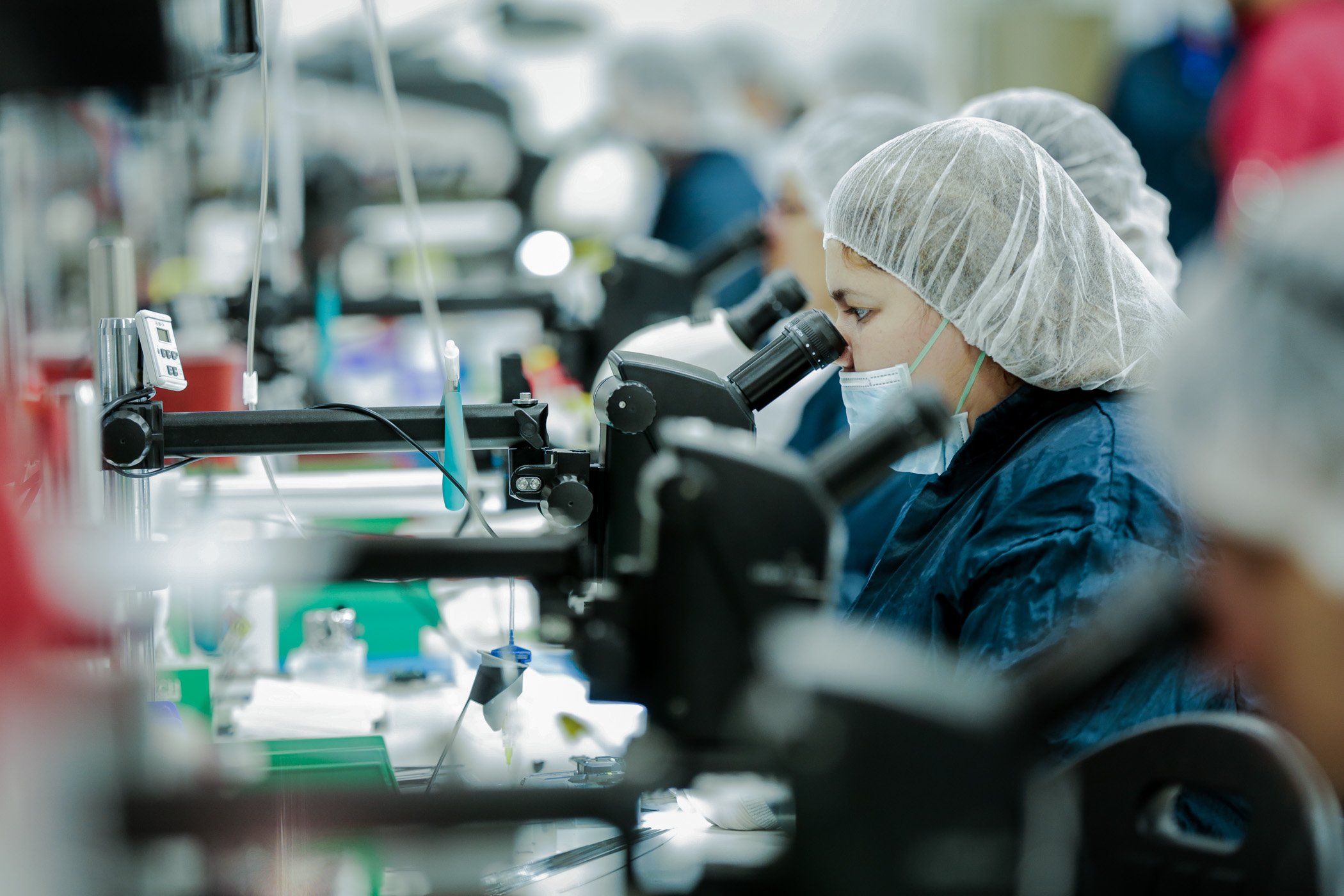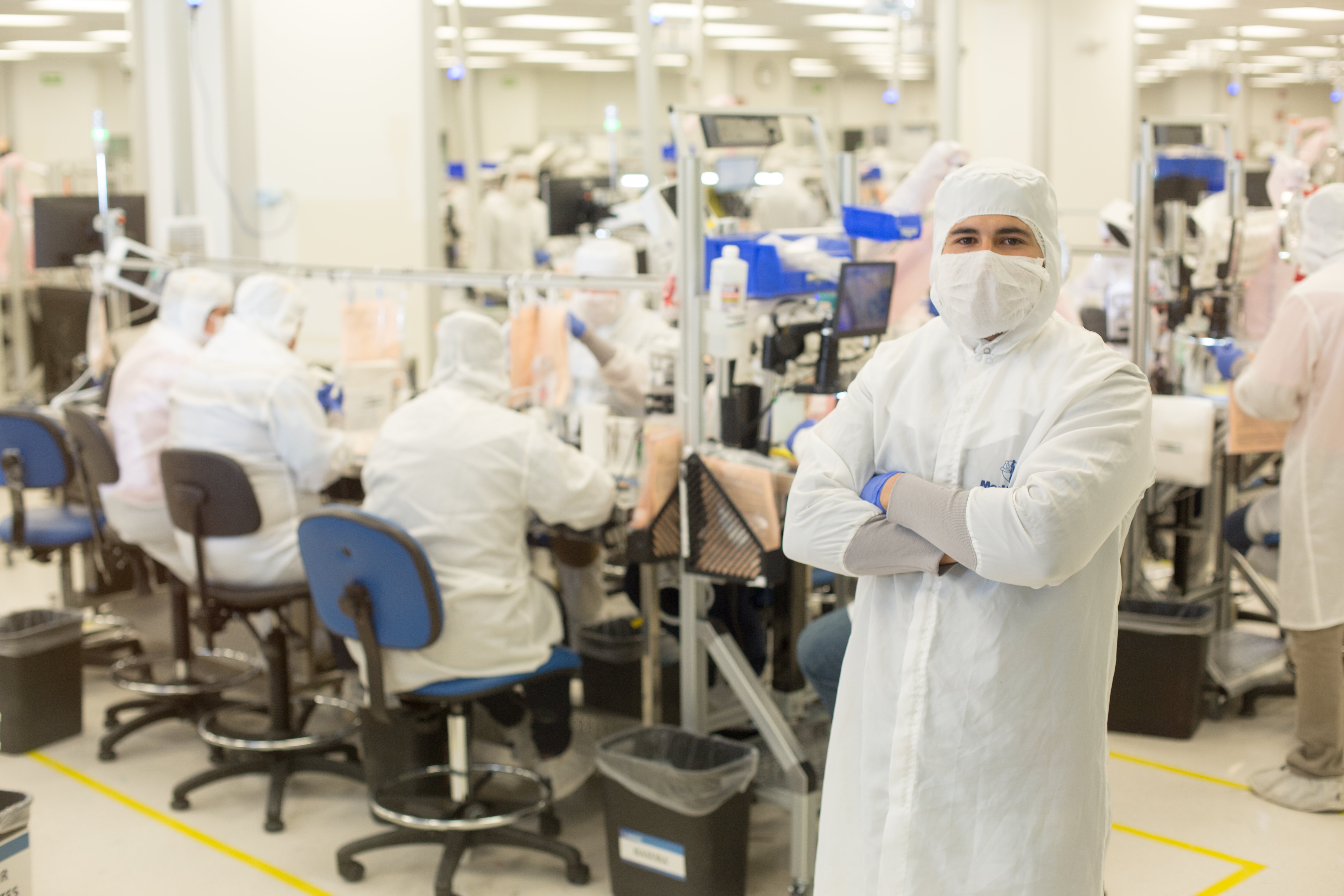Pitcher plants, also known as nepenthes or monkey cups, recently sparked the development of a new medical device coating that could revolutionize medical manufacturing in Mexico and around the globe. Scientists and engineers at Harvard's Wyss Institute for Biologically Inspired Engineering looked to the plant when researching and developing a slippery surface that, when added to the surface of medical devices, would prevent both clotting and infections. A report by Nature World News says that the final product, called tethered-liquid perfluorocarbon, does that and much more.
The pitcher plant
According to a journal recently published by Nature Biotechnology, the plant itself is one of the rare carnivorous species. At the base of its throat is a nectar that draws in bugs, and along its walls is a super-slick substance that prevents them from ever leaving. Eventually the plant is able to digest the exhausted and immobile insect.
When blood flows over an artificial surface such as a medical device, a clot can form. Researchers have been looking for a man-made material that would have the same characteristics as the plant's coating in hopes that they could apply them to the exterior of medical devices ranging from dialysis machines to pacemakers.
SLIPS
And find a similar substance they did. Perfluorodecalin, a substance already approved by the FDA and used in many medical procedures such as ventilation for infants, blood substitution and eye surgery, is somewhat similar to Teflon. Joanna Aizenberg, Wyss Institute Core Member, repurposed the coating to develop a new surface technology called slippery liquid-infused porous surfaces, also known as SLIPS.
The traditionally smooth surfaces of medical devices can be roughened up and then coated with the slippery substance, acting as a barrier between the device and any blood flowing around it. The result is a significant decrease in lethal infections and blood clots, and it means that patients using medical implants may not need anticoagulants, which pose serious threats of their own. To utilize SLIPS with medical devices, a two-step surface coating process is used.
Tethered-liquid perfluorocarbon
This strategy was dubbed Tethered-Liquid Perfluorocarbon (TLP for short). First, a monolayer of perfluorocarbon is chemically attached to the now-rough surface of the medical device. Next, a liquid layer of the same substance is added on top. Together, both layers make TLP.
When the TLP was tested against on 20 medically relevant surfaces ranging from plastic to glass to metal, it successfully repelled blood from all of them. According to NPR, it was also used in a test run on pigs. When blood was diverted from their hearts using coated tubing, blood flow remained virtually unaltered, while uncoated tubing produced blood clots and substantially reduced blood flow.
Beyond TLP's super-slippery capabilities, Bioscience Technology reported that it is resistant to bacterial growth and can prevent serious infections like sepsis. When a strain called Pseudomonas aeruginosa was implanted in the coating, less than one in one billion organisms stuck. Biofilm formation was reduced through the addition of the coating, which also repelled fibrin and platelets, the components that cause blood clotting. Researchers even tested the coating against the adhesive superpowers of the gecko - which also failed to stick to the surface.
Tethered-liquid perfluorocarbon remains stable under physiological stresses, regular temperatures, and normal levels of humidity. Scientists believe that this is just the beginning, though. The medical community hopes to be able to use this new coating in joint replacements, dialysis machines and cardiac devices after further development.
Founding director of Harvard's Wyss Institute for Biologically Inspired Engineering Don Ingber said in the report that "devising a way to prevent blood clotting without using anticoagulants is one of the holy grails in medicine," pointing to monumental advancements for medical device manufacturers in Mexico and the medical community as a whole. While NPR reports that Ingber is looking for an investor or partner to begin further developing the innovative substance, medical manufacturers nearshoring in Mexico will likely be able to implement it into the production of their devices soon.
Subscribe
Sign up and stay informed with tips, updates, and best practices for manufacturing in Mexico.





